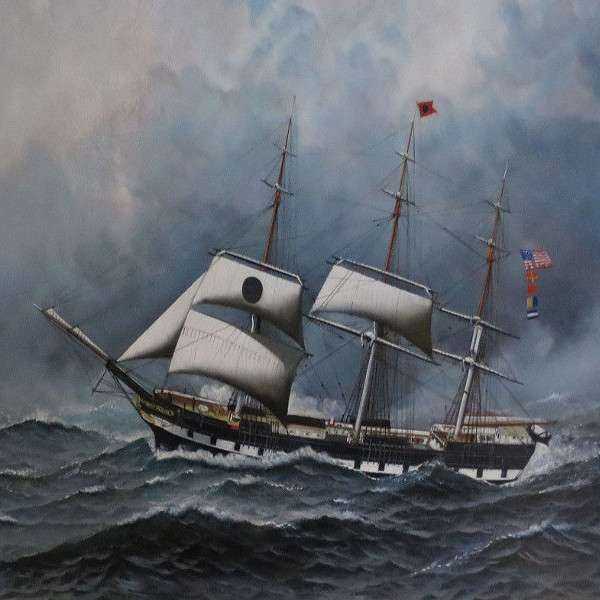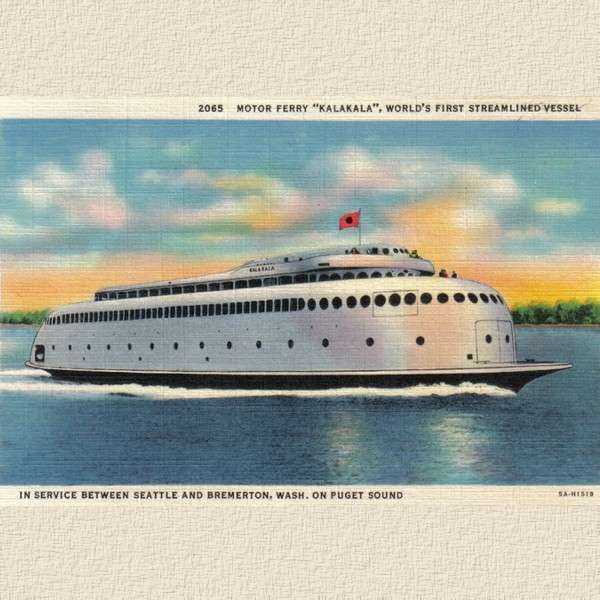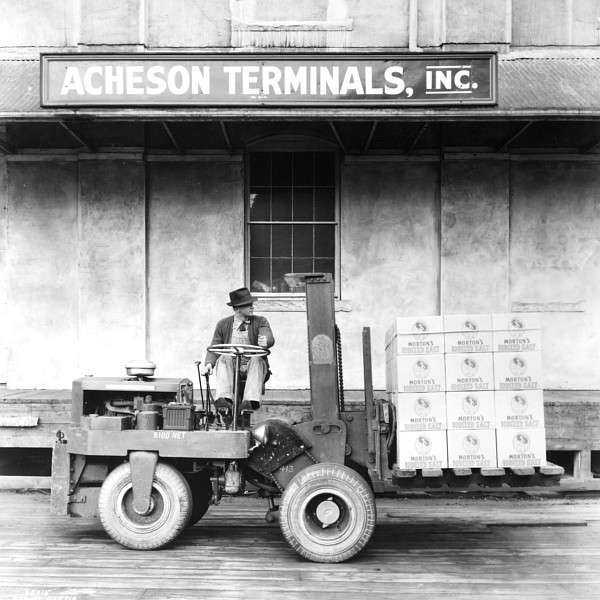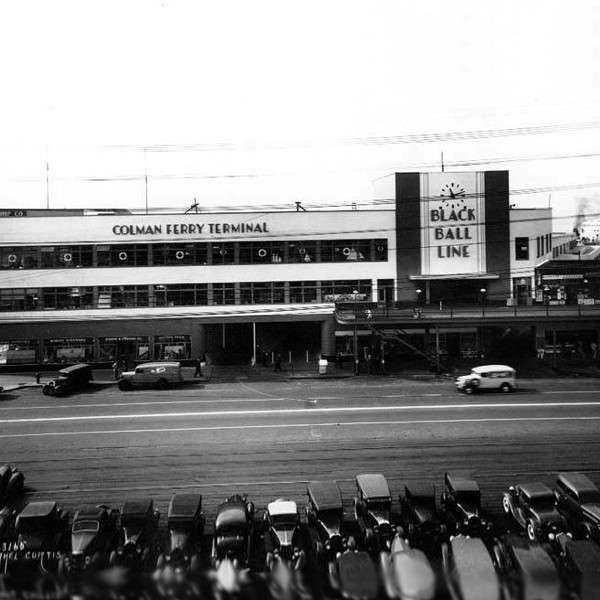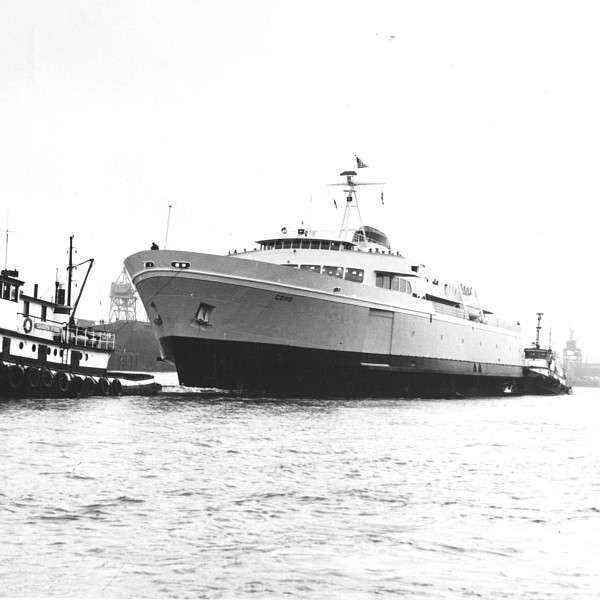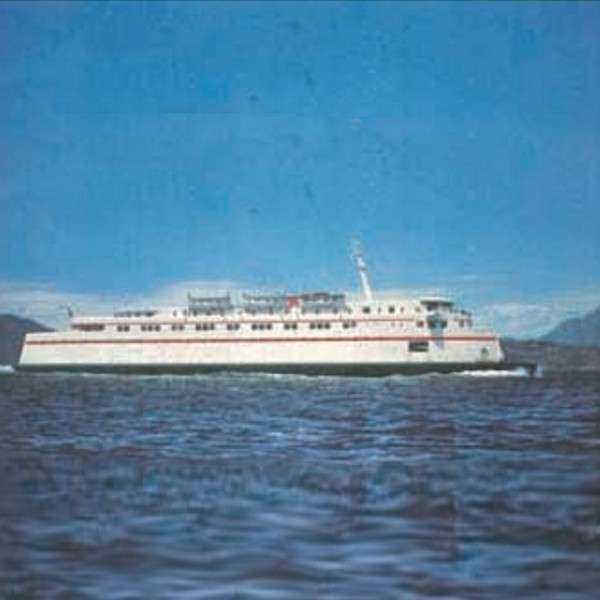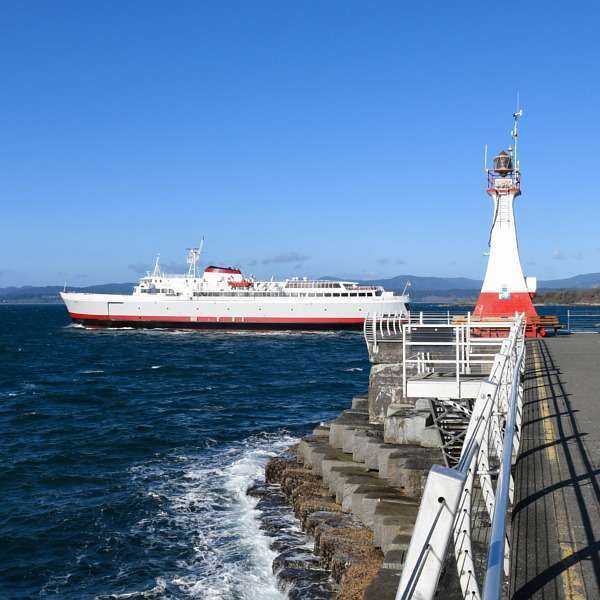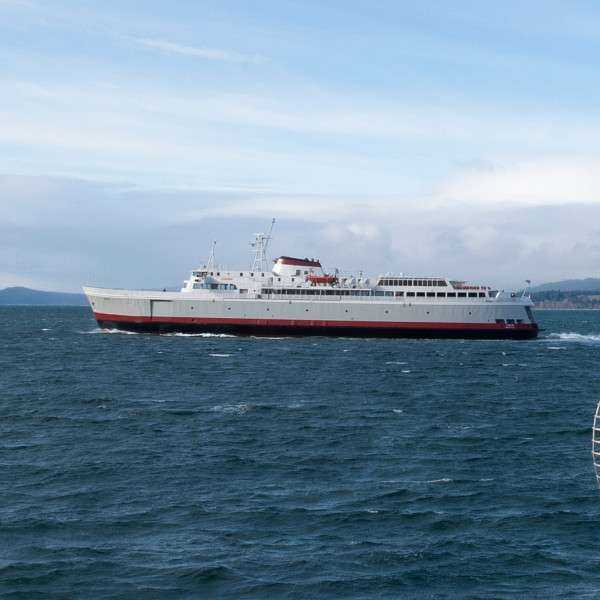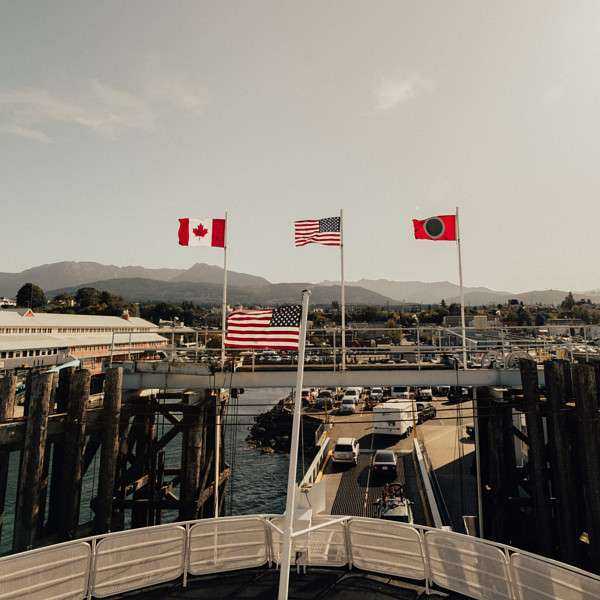Black Ball Ferry Line
Black Ball Ferry Line operates the M.V. Coho passenger and vehicle ferry linking Victoria, B.C. on Vancouver Island with Port Angeles, WA on the scenic Olympic Peninsula. It is the only daily, year-round vehicle and passenger ferry service between downtown Victoria, British Columbia and Washington State.
The 90-minute, 22.59 nautical mile (42 km) trip is a scenic journey through the Strait of Juan de Fuca. During the crossing, enjoy the ship's many amenities including the cafeteria, gift shop, duty free store, comfortable interior lounges, solarium and pet-friendly areas.
The company's administrative offices are located in Seattle, with terminals and operations personnel at both Victoria's Inner Harbour and Port Angeles. Employing over 100 people in peak season, the familiar sight and sound of the M.V. Coho has become a permanent fixture of the landscape in the region for over 60 years. In 2019, Black Ball Ferry Line celebrated its 60th anniversary of service as a vital tourism and transportation link between Vancouver Island and the United States. Through decades of operation, Black Ball Ferry Line's flagship has developed an unparalleled record of reliability.
The M.V. Coho

Named after the magnificent silver salmon found in the British Columbia and Washington State waters, the M.V. Coho is a vehicle and passenger ferry crossing the Strait of Juan de Fuca between Victoria British Columbia's Inner Harbour and the city of Port Angeles in Washington State.
In 1959, Black Ball Ferry Line's founders R.J and Lois Acheson contracted Phillip F. Spaulding & Associates of Seattle to design M.V. Coho. Her keel was laid on January 12th, 1959, at the Puget Sound Bridge & Dry Dock in Seattle. She made her first commercial sailing to Victoria on December 29, 1959. In addition to servicing the Port Angeles to Victoria vehicle and passenger route, the M.V. Coho also carried freight trucks between Seattle, Port Angeles, Port Townsend and Victoria. This service ended in 1973, when the company decided to focus on the Port Angeles to Victoria route.
Onboard the vessel floor to ceiling windows, easily accessible outside decks, and the covered solarium provide passengers with stunning, close up views of the Olympic Peninsula and the wildlife that live in and around the Strait of Juan de Fuca. Ship amenities include a gift shop, featuring an array of unique gifts that reflect the essence of the west coast, and a cafeteria that serves a wide variety of hot and cold food and beverage items, including specialty sandwiches and soft serve ice cream.
Since commencing operation in 1959, the M.V. Coho has transported more than 26 million passengers, and over 7 million vehicles.
VIEW ONBOARD AMENITIES
M.V. Coho Specifications
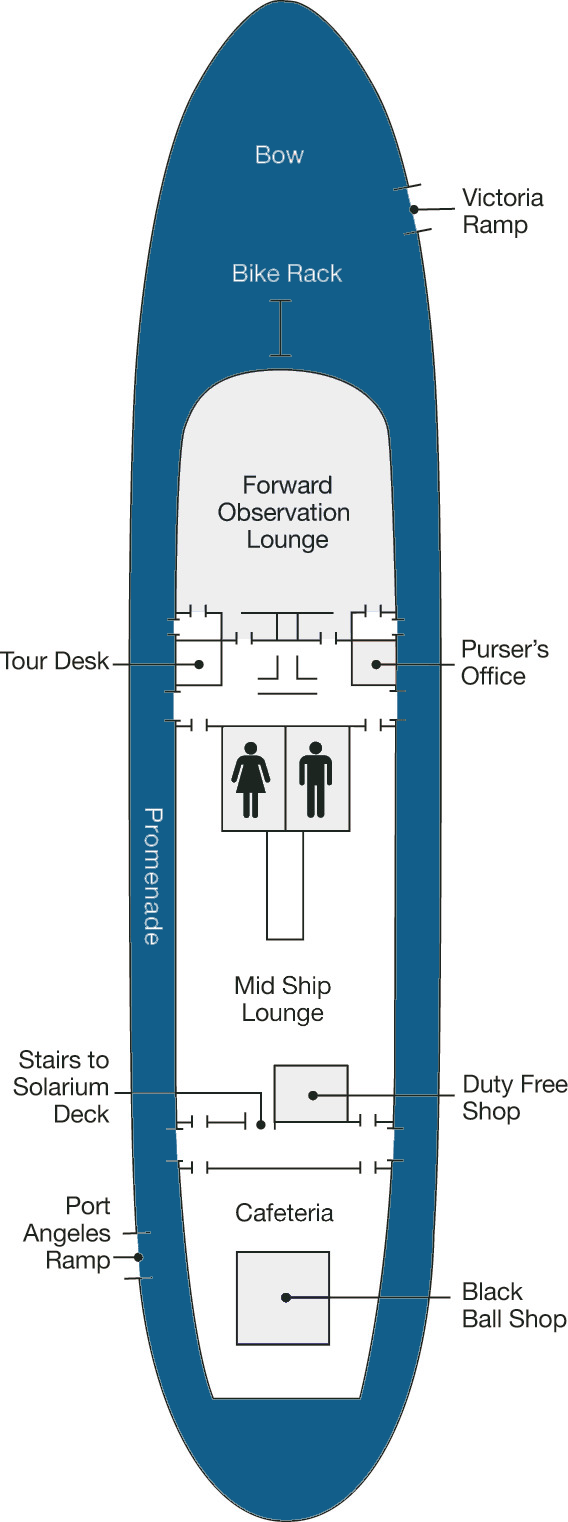
Passenger capacity: 1,000
Vehicle capacity: 115
Weight: Gross Tonnage 5,135
Length: 341 feet / 104 meters
Width: 72 feet / 22 meters
Draft: 12.6 feet / 4 meters
Average sea speed: 15 knots
Power: Two General Motors EMD 5,100/12 cylinder diesel
Propellers: Twin 8-foot stainless propellers with twin rudders
Other interesting facts:
Initially, the M.V. Coho not only serviced the Port Angeles to Victoria vehicle and passenger route, but also carried freight trucks between Seattle, Port Angeles, Port Townsend and Victoria for Black Ball Freight Service. Black Ball Freight Service was sold to ROCOR International in 1973.
The M.V. Coho was originally powered by two Cooper-Bessemer diesel engines rated at 2,080 BHP each. The Cooper-Bessemers were replaced in 2004 with two General Motors Electro-Motive Division main propulsion engines rated at 2,550 BHP each.
In addition to the engine refit, the Coho has undergone many improvements over the years, including additional seating, enlargement of the coffee shop, installation of a solarium, and a sewage treatment plant.






